Broadcast Message vs Peer-to-Peer Texting Differences
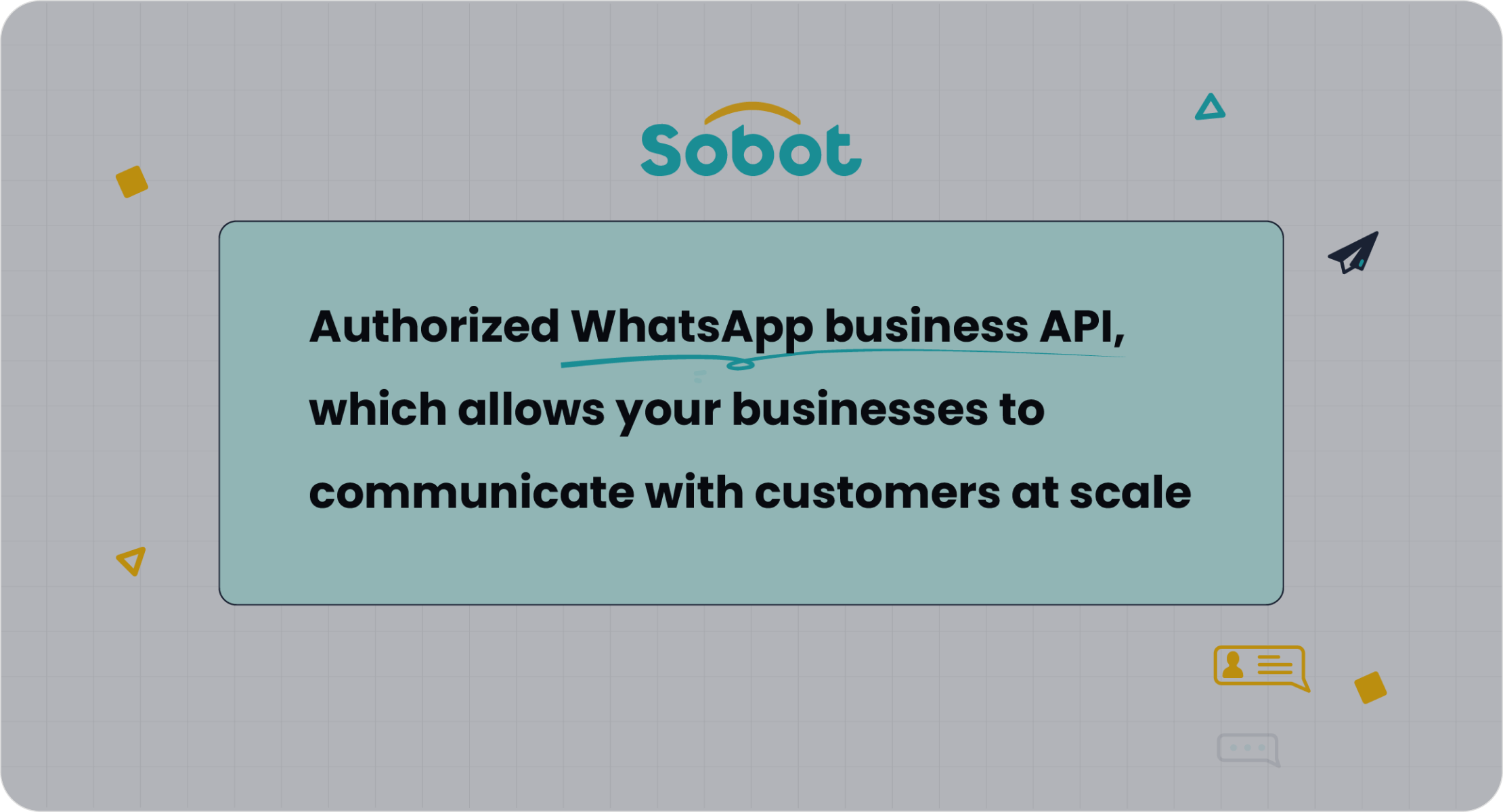
Effective communication plays a vital role in building strong customer relationships. When comparing broadcast messaging and peer-to-peer texting, the key differences lie in their scale and personalization. Broadcast messages allow you to reach thousands of recipients instantly, making them ideal for large-scale campaigns. Peer-to-peer texting, on the other hand, focuses on one-on-one interactions, fostering personal connections.
Both methods have unique strengths. Text messaging boasts an impressive 98% open rate, ensuring high engagement potential. Choosing the right method depends on your goals. For example, broadcast messaging works well for marketing updates, while peer-to-peer texting suits personalized customer support. Businesses like Sobot offer tools to help you implement these methods effectively, ensuring seamless communication with your audience.
Understanding Broadcast Messaging
What Is a Broadcast Message?
Definition and Key Characteristics
A broadcast message is a one-to-many communication method that allows you to send the same message to multiple recipients simultaneously. Unlike peer-to-peer texting, broadcast messaging focuses on delivering information to a large audience without requiring individual responses. This method is ideal for businesses aiming to share updates, announcements, or promotional content efficiently.
Broadcast texting ensures high engagement rates. For instance, SMS marketing campaigns boast a 98% open rate within the first three minutes. This makes it a powerful tool for reaching your audience quickly and effectively. Additionally, it eliminates the need for back-and-forth communication, saving time and reducing ambiguity.
How Broadcast Messaging Works
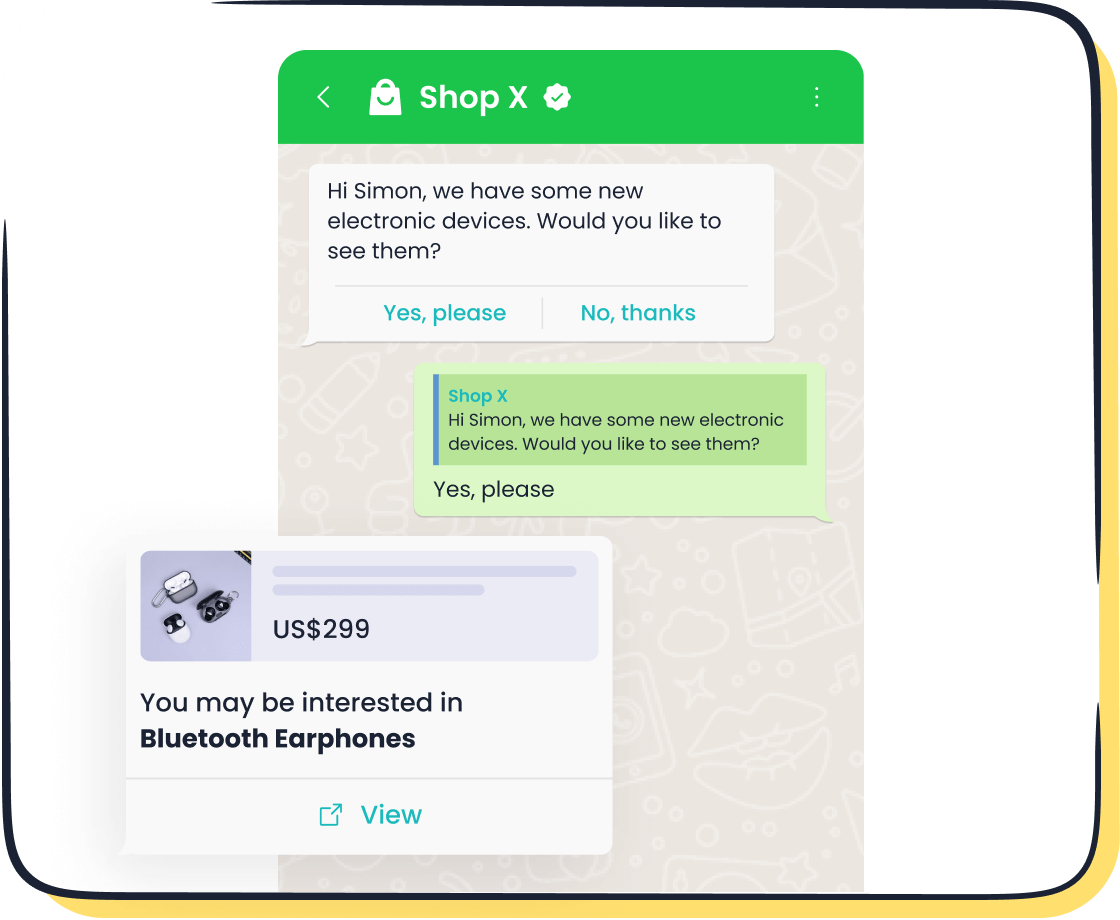
Broadcast messaging operates through platforms that enable mass messaging. You can create a single message and distribute it to thousands of recipients in under two minutes. Tools like Sobot's WhatsApp API simplify this process by offering features such as bulk messaging and workflow automation. Setting up WhatsApp broadcasts becomes seamless, allowing you to focus on crafting impactful messages.
Features of Broadcast Texting
Scalability and Efficiency
Broadcast texting excels in scalability. Whether you're targeting hundreds or thousands of recipients, this method ensures your message reaches everyone instantly. Businesses in industries like retail, education, and healthcare frequently use this approach for its efficiency. Compared to email campaigns, broadcast texting offers an 80% return on investment, making it a cost-effective solution for marketing.
Privacy and Opt-in Requirements
Privacy remains a critical aspect of broadcast texting. Regulations require recipients to opt in before receiving messages. This ensures compliance with legal standards and builds trust with your audience. Platforms like Sobot's WhatsApp API include features to manage opt-ins effectively, safeguarding customer privacy while enhancing communication.
Use Cases for Broadcast Messaging
Marketing Campaigns
Broadcast messaging is a cornerstone of marketing strategies. You can use it to share exclusive offers, limited-time discounts, and product announcements. For example, retail businesses often rely on WhatsApp broadcasts to tease new product launches and boost sales.
Customer Notifications
Keeping your customers informed is crucial. Broadcast texting allows you to send timely updates, such as order confirmations or service reminders. This ensures your audience stays engaged and well-informed.
Emergency Alerts
In critical situations, broadcast messaging proves invaluable. Businesses can use it to send emergency alerts through multi-channel communication. Features like geo-location services and real-time monitoring enhance the effectiveness of these alerts. Templates also enable quick dissemination of vital information, ensuring rapid response during emergencies.
Sobot's Role in Broadcast Messaging
Leveraging Sobot's WhatsApp API for Broadcast Messages
Sobot's WhatsApp API transforms how you manage communication with your audience. It simplifies the process of sending a WhatsApp broadcast, enabling you to reach thousands of recipients instantly. This tool is ideal for businesses aiming to deliver marketing updates, transactional notifications, or emergency alerts efficiently.
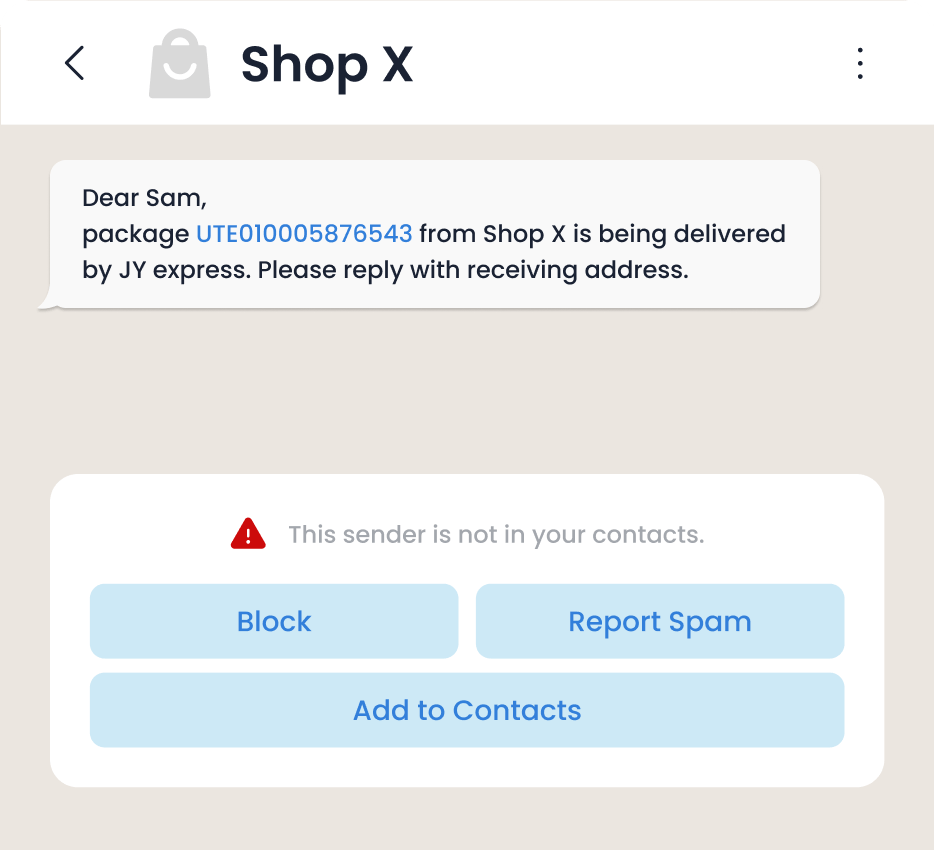
The API offers several features that enhance your broadcast messaging strategy. For instance, it supports bulk messaging, allowing you to send a single message to a large audience without compromising delivery speed. Additionally, the API ensures compliance with privacy regulations by managing opt-ins seamlessly. This builds trust with your customers while keeping your campaigns legally sound.
Businesses like Opay have already experienced the benefits of using Sobot's WhatsApp API. By leveraging WhatsApp broadcast capabilities, Opay achieved an 85% message reading rate, significantly improving customer engagement. This demonstrates how the API can drive results for your business.
Sobot also integrates advanced tools like 24/7 chatbot support and smart chat routing. These features ensure that your WhatsApp broadcast campaigns remain efficient and responsive. For example, you can automate follow-ups or route customer inquiries to the right team, saving time and resources.
With Sobot's WhatsApp API, you gain access to data analytics that provide insights into your campaign performance. This helps you refine your messaging strategy and achieve better results. Whether you're in retail, finance, or education, this solution adapts to your needs, making it a versatile choice for businesses of all sizes.
Tip: Start your journey with Sobot's WhatsApp API by booking a demo or signing up for a free trial on their official website.
Exploring Peer-to-Peer Texting
What Is Peer-to-Peer Texting?
Definition and Overview
Peer-to-peer texting refers to one-on-one text communication between a business and its customers. Unlike broadcast messaging, this method focuses on creating personalized messages tailored to individual recipients. It fosters meaningful interactions, making it ideal for businesses aiming to build strong relationships with their audience.
This approach requires manual effort, as each message is customized to suit the recipient's needs. While it may not match the speed of broadcast texting, it excels in delivering a personal touch. For example, a sales representative can send a unique offer to a customer based on their purchase history, enhancing user engagement.
How Peer-to-Peer Texting Works
Peer-to-peer texting operates through platforms that facilitate direct communication. You can craft personalized messages and send them to individual customers. Unlike automated systems, this method involves human intervention, ensuring each message feels authentic.
For instance, Sobot's tools enable businesses to manage these interactions efficiently. You can use features like smart chat routing to connect with the right customer at the right time. This ensures your text communications remain effective and engaging.
Features of Peer-to-Peer Texting
Personalization and Engagement
Peer-to-peer texting thrives on personalization. By tailoring messages to individual customers, you can create a sense of connection and trust. This method also encourages two-way conversations, allowing you to address customer inquiries or concerns directly.
The interactive nature of this approach boosts user engagement. Text messages have an open rate of over 95%, ensuring your audience receives and responds to your communication promptly. Personalized messaging captures attention better than generic mass texts, leading to higher engagement rates.
Cost and Time Considerations
While peer-to-peer texting requires more time and effort, it remains cost-effective. It leverages existing texting infrastructure, eliminating the need for expensive platforms. This makes it an excellent choice for businesses with limited budgets.
For example, sending appointment reminders or sales follow-ups through peer-to-peer texting can save costs while maintaining a high level of customer satisfaction. Sobot's solutions streamline this process, helping you manage time and resources efficiently.
Use Cases for Peer-to-Peer Texting
Customer Support Conversations
Peer-to-peer texting is invaluable for customer support. You can use it to address inquiries, resolve issues, or provide updates. For example, a support agent might text a customer about their order status, ensuring a quick and personalized resolution.
“Hi [First Name], thanks for checking on order #12345. I see it shipped yesterday via UPS and should arrive Thursday. Here's your tracking #: ABC123. Did that help answer your question?”
This approach strengthens customer relationships by offering timely and personalized assistance.
Sales Follow-Ups
Sales teams often rely on peer-to-peer texting to nurture leads. Sending personalized messages after a sales interaction can keep potential customers engaged. For instance, you might text a customer about a product they showed interest in, offering a discount to encourage a purchase.
This method enhances user engagement and increases conversion rates. Sobot's tools can help you automate parts of this process, ensuring efficiency without losing the personal touch.
Appointment Reminders
Peer-to-peer texting is perfect for sending appointment confirmations and reminders. This reduces no-show rates by keeping customers informed about their schedules.
“Hi [First Name], this is Dr. Johnson's office. Reminder: You have an appointment tomorrow at 2:00 PM. Please arrive 15 minutes early to complete paperwork. Reply YES to confirm or NO to reschedule.”
This simple yet effective communication ensures your customers stay on track, improving their overall experience.
Sobot's Solutions for Peer-to-Peer Texting
Enhancing Customer Support with Sobot's Tools
Sobot offers powerful tools to help you improve customer service through peer-to-peer texting. These tools allow your team to deliver personalized and efficient communication, ensuring every customer feels valued. By using Sobot’s solutions, you can streamline your customer service processes and enhance team collaboration.
One of the standout features is smart chat routing. This feature ensures that each customer connects with the right agent based on their query. For example, if a customer asks about a product return, the system directs them to the appropriate support team. This reduces response time and improves satisfaction.
Sobot also integrates AI-powered chatbots to assist your team. These chatbots handle repetitive tasks, such as answering FAQs, freeing up your agents to focus on complex issues. This combination of automation and human interaction creates a seamless customer service experience.
Additionally, Sobot’s unified inbox simplifies team collaboration. All customer messages from various channels, including WhatsApp, email, and live chat, appear in one place. This eliminates confusion and ensures your team works together efficiently. For instance, if one agent starts a conversation, another can pick it up without losing context.
Sobot’s tools also provide data analytics to track performance. You can monitor metrics like response time and resolution rates to identify areas for improvement. This helps you refine your customer service strategy and deliver better results.
By leveraging Sobot’s solutions, you can foster stronger customer relationships and improve team collaboration. Whether you’re managing sales follow-ups or appointment reminders, these tools ensure your customer service remains top-notch.
Tip: Explore Sobot’s features by booking a demo on their official website.
Comparing Broadcast Messaging and Peer-to-Peer Texting
Functionality and Automation
Automation in Broadcast Messaging
Broadcast messaging thrives on automation, making it a highly efficient communication method. Automation enables you to deliver messages to thousands of recipients simultaneously with minimal manual effort. For example, a WhatsApp broadcast can send standardized updates, such as promotional offers or event reminders, to a large audience in seconds. This efficiency makes it ideal for businesses aiming to scale their communication efforts quickly.
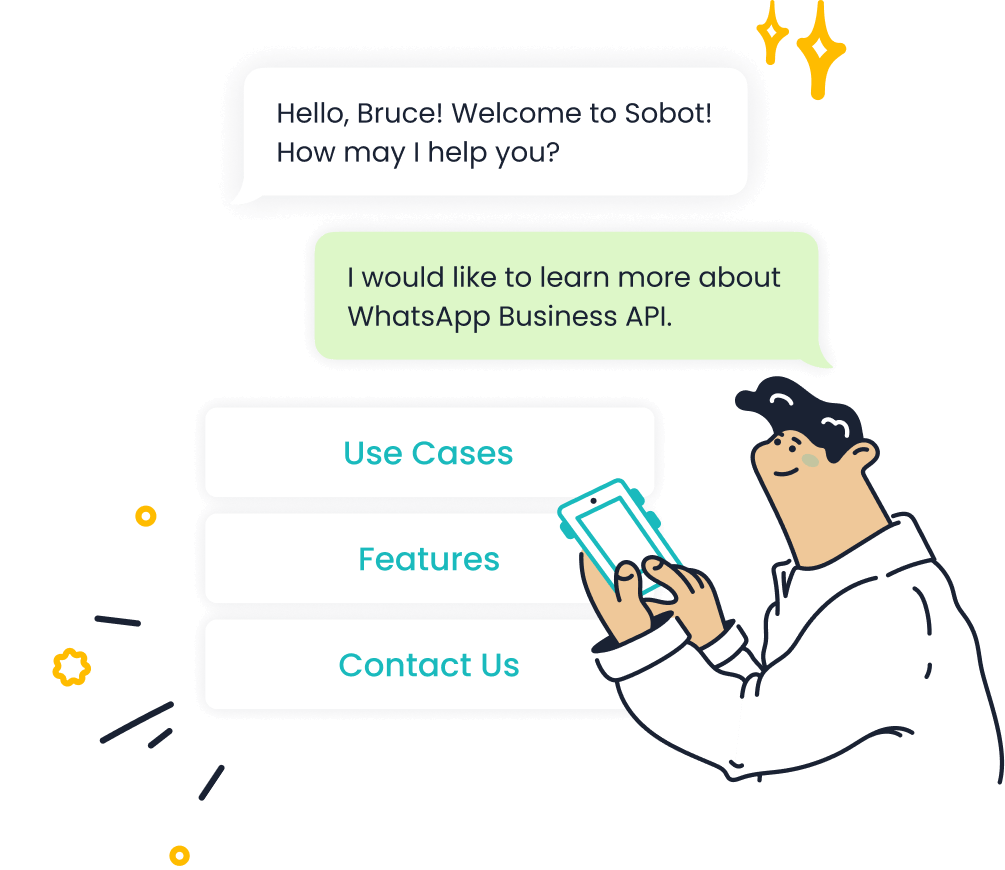
Platforms like Sobot's WhatsApp API enhance this process by offering features like workflow automation and bulk messaging. These tools ensure seamless message delivery, saving time and resources while maintaining high effectiveness.
Manual Effort in Peer-to-Peer Texting
Peer-to-peer texting, in contrast, requires manual effort. Each message is crafted and sent individually, ensuring a personal touch. While this approach fosters meaningful interactions, it limits the speed and scale of message delivery. For instance, a sales representative might spend hours sending personalized follow-ups to potential customers.
Although time-intensive, peer-to-peer texting excels in building trust and engagement. Tools like Sobot’s smart chat routing can streamline this process by connecting you with the right customer at the right time, enhancing the overall effectiveness of your communication.
Cost and Scalability
Cost-Effectiveness for Large Audiences
Broadcast messaging offers a cost-effective solution for large-scale communication. Sending a WhatsApp broadcast costs significantly less than peer-to-peer texting. For instance, broadcasting 100,000 messages might cost around $2,000, while peer-to-peer texting could exceed $6,000.
| Peer-to-Peer | Broadcast | |
|---|---|---|
| Pay Structure: | Pay-per-contact ($0.15 - $0.30) | Pay per SMS message ($0.01 - $0.02) |
| Monthly Cost (approx. 100,000 messages) | $6,000 (or $3,000 with an annual contract) | $2,000 |
| Time Constraints | Can do month-by-month | Most require a minimum annual contract |
This affordability makes broadcast messaging a preferred choice for businesses targeting large audiences.
Scalability of Broadcast Texting
Broadcast messaging scales effortlessly. Whether you need to reach hundreds or millions, tools like Sobot's WhatsApp API ensure consistent message delivery without delays. Peer-to-peer texting, however, struggles to match this scalability due to its manual nature. Businesses looking to expand their reach should consider the scalability advantages of WhatsApp broadcasts.
Opt-in and Compliance
Legal and Ethical Considerations
Compliance is critical in both methods. Businesses must obtain consent before sending messages. Regulatory frameworks like the Telephone Consumer Protection Act (TCPA) and 10DLC in the United States govern these practices.
Key compliance practices include obtaining consent, monitoring content, and providing clear opt-out options. For example, a simple "Reply STOP to unsubscribe" ensures recipients can end communication easily.
Failing to adhere to these regulations can lead to deliverability issues or legal penalties. Platforms like Sobot’s WhatsApp API simplify compliance by managing opt-ins and ensuring your campaigns meet legal standards.
Privacy in Peer-to-Peer Texting
Peer-to-peer texting prioritizes privacy by focusing on one-on-one interactions. This method allows you to address customer concerns directly, fostering trust. However, you must stay informed about privacy laws to avoid potential risks. Familiarizing yourself with compliance requirements ensures your communication remains ethical and effective.
Customer Engagement
One-to-Many vs. One-to-One Communication
Understanding the difference between one-to-many and one-to-one communication helps you choose the right strategy for your business. One-to-many communication, like broadcast messaging, allows you to send a single message to a large audience. This method works well for announcements, promotions, or updates. For example, a retail store can notify thousands of customers about a flash sale within seconds.
In contrast, one-to-one communication focuses on personalized interactions. Peer-to-peer texting enables you to address individual customer needs, creating a more personal connection. Imagine a sales representative following up with a customer about a product they viewed. This approach builds trust and fosters loyalty.
Each method has its strengths. One-to-many communication excels in efficiency and scalability, while one-to-one communication enhances customer relationships. By understanding your goals, you can decide which method aligns best with your business needs.
Enhancing Engagement with WhatsApp Groups
Using a WhatsApp group can significantly improve how you interact with your customers. This platform combines the benefits of real-time communication and global reach, making it a powerful tool for businesses.
- WhatsApp messages achieve a 98% open rate, far surpassing the 20% open rate of emails.
- Click-through and conversion rates for WhatsApp messages reach 50%, demonstrating its effectiveness in driving actions.
- Personalized communication within a WhatsApp group fosters trust and strengthens customer relationships.
WhatsApp groups also allow you to share real-time updates, enhancing customer satisfaction. For instance, a fitness coach can use a group to send daily workout tips and reminders, keeping clients engaged and motivated. Additionally, the platform’s two-way communication feature lets you gather customer preferences directly in the chat. This simplifies onboarding and improves the overall customer experience.
Sobot’s WhatsApp API makes managing WhatsApp groups seamless. It supports features like bulk messaging and smart chat routing, ensuring efficient communication. By leveraging these tools, you can create meaningful interactions that boost customer loyalty and satisfaction.
Tip: Use WhatsApp groups to share exclusive content or offers. This keeps your audience engaged and encourages repeat business.
Pros and Cons of Each Method
Broadcast Messaging
Advantages for Large-Scale Communication
Broadcast messaging offers unmatched efficiency for reaching large audiences. You can send messages to thousands of recipients in under two minutes, making it faster and more effective than traditional marketing channels. SMS campaigns, for example, achieve a 98% open rate within the first three minutes, ensuring your message gets noticed. This method also delivers an impressive 80% return on investment compared to email campaigns.
Another advantage is its global accessibility. SMS services work without internet access, allowing you to communicate with customers across continents simultaneously. Since all mobile devices come with SMS capabilities, you can ensure broad reach. Whether you're sharing promotional offers or emergency alerts, broadcast messaging guarantees timely delivery and high engagement.
Limitations in Personalization
While broadcast messaging excels in scale, it falls short in personalization. Messages are often standardized, which can make them feel impersonal to recipients. This lack of customization may reduce engagement, especially for customers who expect tailored communication.
Although platforms like Sobot's WhatsApp API allow some level of personalization using customer data, the one-to-many nature of broadcast messaging limits deeper connections. For businesses prioritizing individual relationships, this method may not fully meet their needs.
Peer-to-Peer Texting
Advantages for Personalized Engagement
Peer-to-peer texting shines in creating meaningful connections. By tailoring each message to the recipient, you can foster trust and loyalty. For example, a sales representative can use purchase history to craft a unique offer, making the interaction feel personal and relevant. This approach encourages two-way communication, allowing you to address customer concerns directly.
The interactive nature of peer-to-peer texting also boosts engagement. Text messages have a 95% open rate, ensuring your audience reads and responds promptly. With tools like Sobot’s smart chat routing, you can enhance personalization while maintaining efficiency.
Challenges in Scalability
Despite its strengths, peer-to-peer texting struggles with scalability. Crafting individual messages requires significant time and effort, limiting the number of customers you can reach. For instance, sending personalized follow-ups to hundreds of leads can overwhelm your team.
This method also incurs higher costs compared to broadcast messaging. Businesses with large audiences may find it challenging to balance personalization with budget constraints. However, for smaller-scale interactions, peer-to-peer texting remains a valuable tool for building strong customer relationships.
Choosing the Right Method for Your Business
Assessing Your Audience
Large-Scale vs. Individualized Communication Needs
Understanding your audience is the first step in choosing the right messaging method. You need to evaluate who they are and what they expect from your outreach. For instance:
- Identify whether your audience prefers receiving updates in bulk or through personalized messages.
- Tailor your communication based on their preferences and the complexity of the message.
- Consider the urgency of the information and the level of knowledge your audience has.
For example, if you’re targeting a large group with promotional offers, broadcast messaging works best. However, if your goal is to address individual customer concerns, peer-to-peer texting offers a more personal touch. Tools like Sobot’s WhatsApp API help you manage both approaches effectively, ensuring your outreach aligns with your audience's needs.
Budget and Resource Considerations
Cost-Effective Solutions for Different Scenarios
Your budget plays a significant role in determining the best communication method. Broadcast messaging is ideal for large-scale outreach due to its cost-effectiveness. For example, sending 100,000 messages via broadcast costs significantly less than sending the same number through peer-to-peer texting.
Peer-to-peer texting, while more resource-intensive, excels in creating meaningful customer relationships. It’s a great choice for businesses with smaller audiences or those prioritizing personalized engagement. Sobot’s tools, such as smart chat routing and workflow automation, can help you optimize resources while maintaining high-quality communication.
Communication Goals
Marketing vs. Customer Support
Your communication goals should guide your choice. Marketing often requires reaching a broad audience quickly. Broadcast messaging is perfect for this, as it allows you to send promotional updates or announcements to thousands of recipients instantly.
Customer support, on the other hand, demands a more personal approach. Peer-to-peer texting enables you to address individual concerns and build trust. For example, a customer support agent can use Sobot’s unified inbox to manage one-on-one conversations efficiently, ensuring every customer feels valued.
The case of eBillingHub demonstrates that successful marketing requires aligning messaging with the roles of various buyers, such as billing managers, VPs of Finance, and IT staff. This alignment is crucial for advancing the sales process, as failing to address the needs of key decision-makers can lead to unsuccessful sales efforts.
Engagement vs. Information Delivery
If your goal is to engage customers, peer-to-peer texting offers the best results. Personalized messages encourage two-way communication, fostering stronger relationships. For instance, sending a tailored follow-up after a purchase can boost customer loyalty.
For delivering information, broadcast messaging is more efficient. Whether it’s a product launch or an emergency alert, this method ensures your message reaches a large audience quickly. Sobot’s WhatsApp API supports both strategies, making it a versatile tool for businesses aiming to enhance their outreach.
Leveraging Sobot's Solutions
How Sobot's WhatsApp API Supports Both Methods
Sobot's WhatsApp API offers versatile tools that enhance both broadcast messaging and peer-to-peer texting. By leveraging this solution, you can streamline your communication strategies and achieve better results.
For broadcast messaging, the API simplifies large-scale outreach. You can send bulk messages to thousands of recipients in seconds, ensuring timely delivery. Features like workflow automation reduce manual effort, allowing you to focus on crafting impactful messages. For example, businesses use WhatsApp broadcasts to share promotional offers or emergency alerts efficiently.
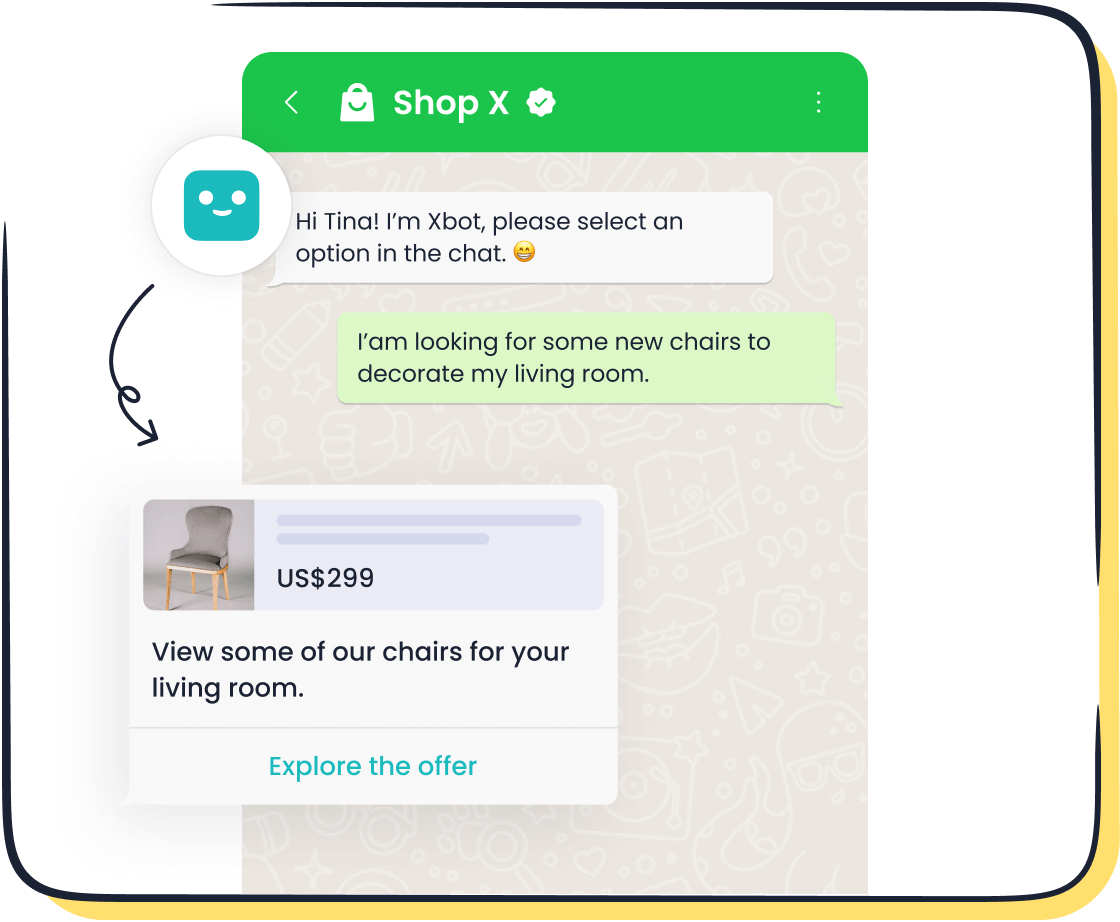
Peer-to-peer texting benefits from the API's personalization capabilities. Smart chat routing connects you with the right customer based on their needs, ensuring meaningful interactions. You can also use the API to automate repetitive tasks, such as appointment reminders, while maintaining a personal touch. This combination of automation and human engagement improves customer satisfaction.
Samsung experienced a 30% increase in agent efficiency and achieved a 97% CSAT score after implementing Sobot's all-in-one solution.
"Before Sobot, managing customer interactions across different platforms was cumbersome and often led to inconsistencies in customer service. Sobot's omnichannel approach has allowed us to unify these interactions into a single, streamlined workbench, ensuring a consistent and high-quality service experience for our customers."
Sobot's platform integrates multiple communication channels, including WhatsApp, email, and voice. This ensures seamless customer interactions and caters to diverse preferences. The API also provides data analytics, helping you optimize your strategies based on performance metrics. Whether you're managing large-scale campaigns or personalized conversations, Sobot's WhatsApp API adapts to your needs.
Tip: Use Sobot's WhatsApp API to combine automation with personalization. This ensures efficient communication while building stronger customer relationships.
Choosing between a broadcast message and peer-to-peer texting depends on your business goals and audience needs. Broadcast messaging excels in reaching large groups quickly, making it ideal for marketing campaigns or urgent updates. Peer-to-peer texting, however, fosters personal connections through tailored communication. Aligning your method with your budget and objectives ensures effective outreach. Sobot’s tools, like the WhatsApp API, streamline both approaches. They help you scale broadcasts or personalize interactions, enhancing customer engagement. By leveraging these solutions, you can optimize your communication strategy and achieve measurable results.
FAQ
1. What is the main difference between broadcast messaging and peer-to-peer texting?
Broadcast messaging sends the same message to many recipients simultaneously, making it ideal for large-scale communication. Peer-to-peer texting focuses on personalized, one-on-one interactions. For example, a WhatsApp broadcast can notify thousands about a sale, while peer-to-peer texting helps resolve individual customer queries.
2. How does Sobot's WhatsApp API enhance broadcast messaging?
Sobot's WhatsApp API simplifies bulk messaging by automating workflows and ensuring compliance with privacy regulations. It allows you to send marketing updates, transactional notifications, or emergency alerts to thousands instantly. Businesses like Opay achieved an 85% message reading rate using this tool.
3. Is peer-to-peer texting suitable for small businesses?
Yes, peer-to-peer texting works well for small businesses aiming to build personal connections. It’s cost-effective and fosters trust through tailored communication. For instance, sending appointment reminders or sales follow-ups can improve customer satisfaction without requiring a large budget.
4. Can I use both methods in my communication strategy?
Absolutely! Combining broadcast messaging and peer-to-peer texting can optimize your outreach. Use broadcast messaging for announcements or promotions and peer-to-peer texting for personalized support. Sobot’s tools, like the WhatsApp API, help you manage both methods seamlessly.
5. What industries benefit most from broadcast messaging?
Industries like retail, education, and healthcare frequently use broadcast messaging. For example, retail businesses send promotional offers, while healthcare providers share appointment reminders. Sobot’s WhatsApp API ensures efficient communication across these sectors.
Tip: Explore Sobot’s WhatsApp API to streamline both broadcast and peer-to-peer texting for your business.
See Also
Setting Up Batch Messaging Features in WhatsApp Business
Advantages of Live Chat Over Traditional Email Communication
Best VoIP Software Options to Consider in 2024